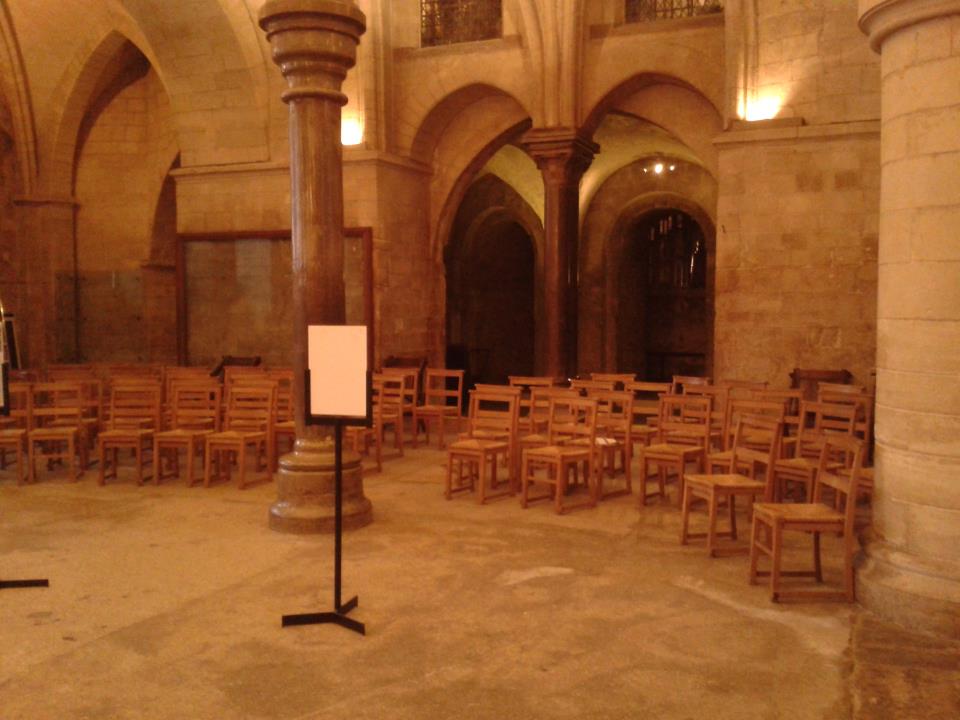As I stood in the Crypt of Canterbury Cathedral during a meeting on Monday, ahead of the two concerts the University is holding at the Cathedral this term, it dawned on me just how close the Chamber Choir concert is – just over three weeks away.

Crypt-ic…
Rehearsals have taken on a new intensity this term, as we really start to make sure all the pieces are as good as those that we performed back in the gala concert in December. We’ve been pacing slowly through the rich and strange harmonic territory of Lauridsen’s evocative O nata lux, in which tuning is all-important – get in wrong, and the chords turn from lush to awkward. We are working hard, too, to get an increased flexibility in the plainchant sections of Hassler’s Ave maris stella, and have also been taking apart the vowel sounds in his madrigal, Tanzen und Springen. (With two native German speakers in the choir this year, it’s even more important that we get the pronunciation exactly right!) I’m assured by them both that there’s no echt Deutsch way of singing ‘Fa la la,’ but we have been tidying this up by replacing broad ‘ah’ vowels with ‘uh’ and singing more on the ‘l’ than the vowel itself – this seems to have worked, and creates a much tidier (and less Lady Grantham-esque!) shape to the sound.
We’ve also started to work in a slightly deeper horse-shoe formation, mimicking the space in which we’ll be singing, inside the pillars of the Cathedral’s Norman Crypt.
The Cecilian Choir is also preparing for its concert celebrating Britten in his centenary year, and this afternoon we’ll be putting the Ceremony of Carols together with the harp for the first time. Find out how we get on later…


 One of the aspects of singing with an ensemble that less experienced performers can sometimes forget is actually being responsible for making your individual contribution to the ensemble.
One of the aspects of singing with an ensemble that less experienced performers can sometimes forget is actually being responsible for making your individual contribution to the ensemble.